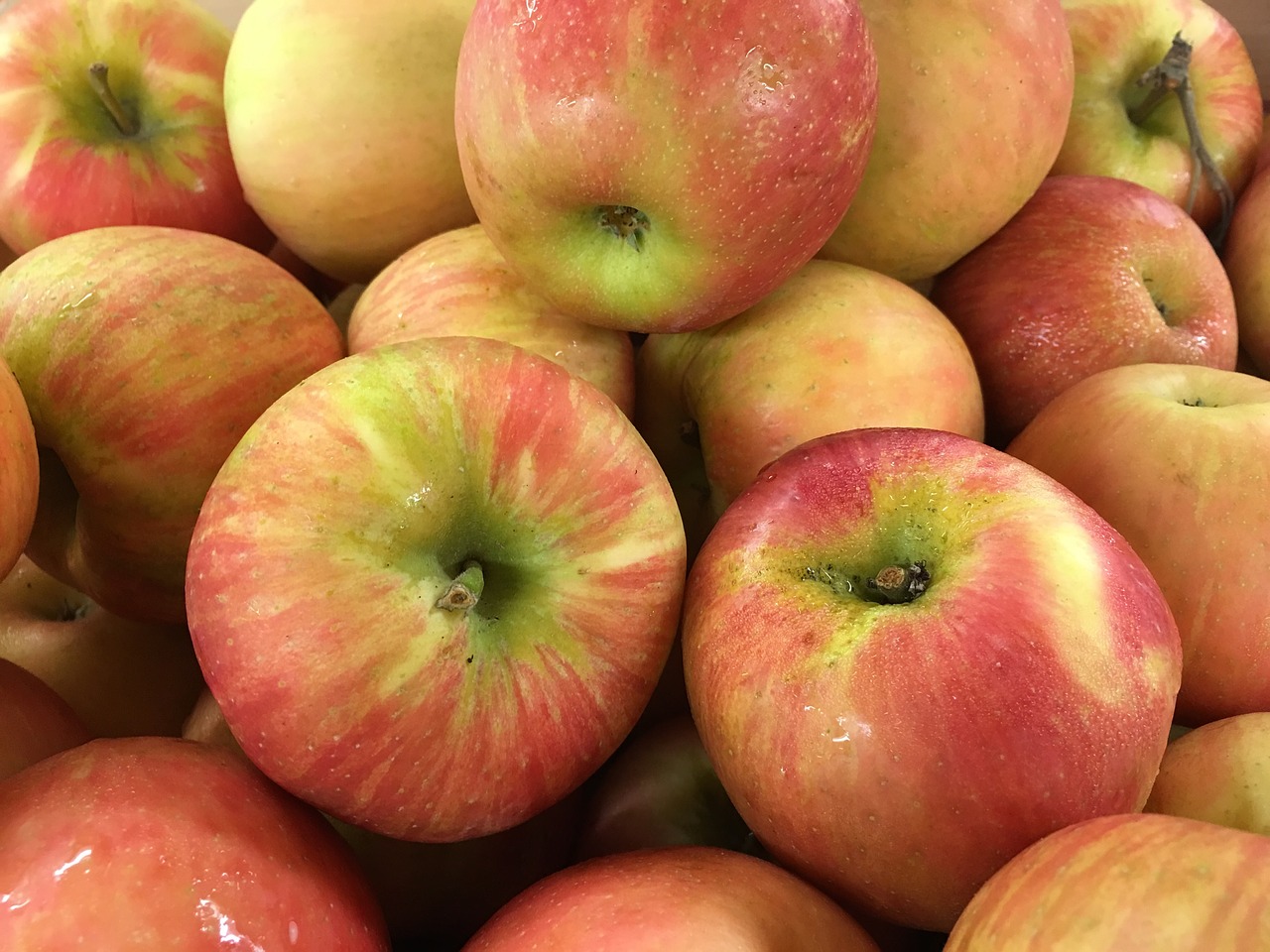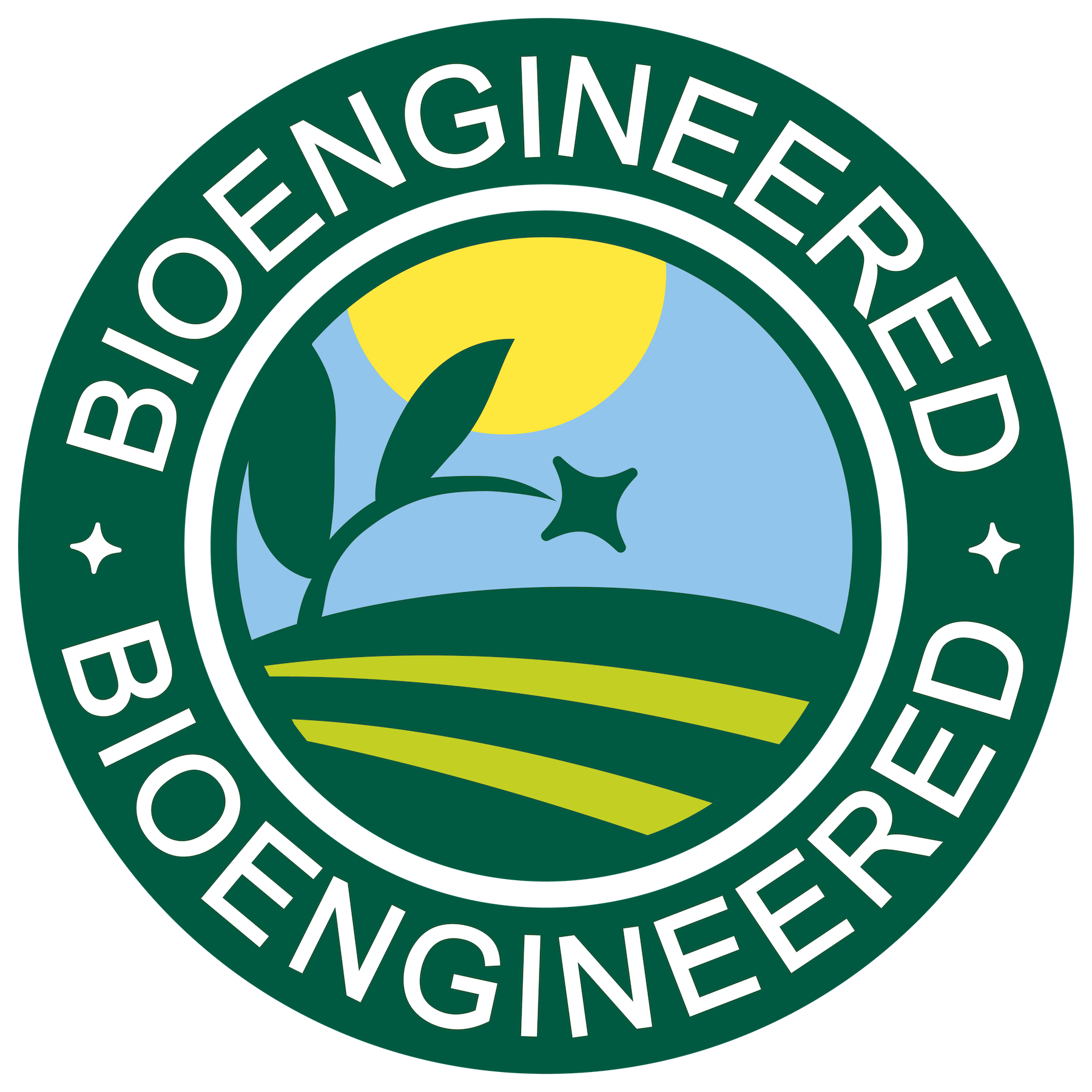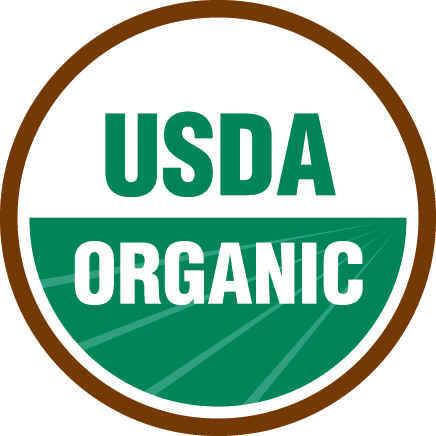Biotech blog: Ramifications of exemption and self-determination provisions in USDA’s new SECURE rule

By CSPI biotechnology director Greg Jaffe
My blog post published in June 2020 highlighted the framework for exempting certain genetically engineered (GE) organisms from the regulatory review process established by the United States Department of Agriculture’s (USDA) newly promulgated SECURE Rule. In that article, I noted significant problems with the four exemptions and the provision allowing developers to self-determine if their products qualify for exemption. Over the last three months, USDA has published guidance, frequently asked questions, and webinar presentations providing additional clarity around how it will implement its regulations, with particular emphasis on explaining the exemptions, self-determination, and confirmation provisions. Based on the latest USDA information, this article provides several examples of GE products that would be exempt under the SECURE rule and discusses potential adverse impacts that could arise if developers take advantage of the self-determination option.
The SECURE Rule’s Exemption and Self-Determination Provisions
The SECURE Rule applies to organisms produced through “genetic engineering,” which the rule defines as “techniques that use recombinant, synthesized, or amplified nucleic acids to modify or create a genome.” This broad definition includes GE plants produced using classical genetic engineering techniques, in which one or more gene is transferred from one organism to another using recombinant DNA methods (what consumers consider “GMOs”), and newer genome editing techniques (such as CRISPR), which use enzyme systems to more precisely change the DNA of a cell at a specified sequence. However, after establishing an all-encompassing definition for GE plants, the SECURE Rule exempts many GE plants from any substantive oversight.
The first three exemptions, found at 7 CFR 340.1(b), state that a plant that contains a single genetic change is exempt if the change: (1) results from natural cellular repair of a targeted DNA break without any introduced DNA to direct the repair; (2) is a targeted single base pair substitution; or (3) introduces a gene known to occur in the plant’s gene pool, or causes a change in a gene that corresponds to a version of that gene present in the organism’s gene pool. These exemptions were primarily designed to exclude from oversight a single deletion, substitution, or addition (if the addition is from the plant’s gene pool) created using CRISPR, TALENS, ZFNs, or other genome editing techniques. However, the regulation was not as clear as it might have been about how it applies to genome edited plants with multiple edits. USDA has since clarified that a GE plant with multiple edits qualifies as exempt if the edits each arise from individually exempt events that are combined through conventional breeding. GE plants with multiple edits that were achieved at the same time or carried out serially in the same organism do not qualify for an exemption.
Importantly, the regulations do not require developers to submit their products to USDA to determine if they qualify for the exemption, but they do provide a voluntary procedure (7 CFR 340.1(e)) if developers wish USDA to confirm their self-determination. While it is likely that multinational companies producing products with a potentially large market will seek USDA confirmation, it is less clear whether small and mid-size companies will voluntarily seek confirmation. USDA has stated that those three exemptions and the self-determination/confirmation process replace the voluntary “Am I Regulated?” process that developers previously used to determine whether their products fall within or outside of USDA’s regulations. While submitting an “Am I Regulated” request was voluntary, it was the only way a developer avoided USDA oversight, whereas the new regulations provide both exemption categories and self-determination.
After establishing an all-encompassing definition for GE plants, the SECURE Rule exempts many GE plants from any substantive oversight.
The SECURE Rule provides an additional exemption for any new GE plant that contain a plant-trait-mechanism of action (MOA) combination that is the same as a GE plant USDA already evaluated under its regulations and determined not to be regulated (7 CFR 340.1(c)). USDA recently clarified that a MOA is the same if it results in the same biochemical process. According to the SECURE Rule, if a new GE plant is the same plant (e.g. soybean) with the same trait (e.g. herbicide tolerance) achieved with the same MOA as a GE plant already reviewed by USDA and found not to be a plant pest, it is exempt. Therefore, a glyphosate-tolerant corn developed using the same gene as a previous GE corn approved by USDA or with a new gene that carries out the same biochemical process (e.g., a gene producing a different enzyme but that catalyze the same biochemical reaction), both would be exempt. USDA has stated that this exemption replaces the “Extension” process (found at the old 7 CFR 340.6(e)), which allowed for an expedited decision of “non-regulated status” for GE plants “functionally equivalent” to a previously deregulated plant. After publishing the SECURE Rule, USDA published on its website a list of plant-trait-MOA combinations that USDA previously granted non-regulated status and it can be used by developers to determine if their GE plant qualifies for this exemption.
As I discussed in my previous blog, these exemptions are problematic because they are not sufficiently supported by scientific evidence showing that these GE plant categories do not pose risks. They are made more worrisome by the SECURE Rule’s allowance for self-determination of exemption status.
GE Plants That Would Qualify for Exemption
To anticipate the potential impacts of the four exemptions, it is helpful to consider three examples of hypothetical GE products that would qualify for an exemption.
- Example 1. Non-Browning Honeycrisp Apple. Okanagan Fruits has developed and commercialized GE apples with a modified fruit quality trait that reduces browning introduced through Agrobacterium. They previously received non-regulated status for three apple varieties with the same introduced gene. The Golden Delicious and Granny Smith varieties went through USDA’s petition process, while the Fuji variety was granted non-regulated status through the USDA’s Extension process. Now, if Okanagan Fruits decides to engineer the same modification in Honeycrisp apples using the same gene, they could self-determine that their product met the plant-trait-MOA exemption (7 CFR 340.1(d)) and market it to consumers without USDA oversight.
- Example 2. Herbicide-Tolerant Rice. Years ago, Bayer CropScience developed a GE rice variety with tolerance to the herbicide glufosinate using Agrobacterium to add a PAT gene, which carries out a chemical reaction that detoxifies the active ingredient in glufosinate thereby eliminating the herbicide’s ability to kill the plant. The product was never commercially grown, but after undergoing regulatory review, its plant-trait-MOA was placed on the USDA’s list of products that do not require regulation. Today, a rice seed developer could engineer a glufosinate-tolerant rice variety by introducing the same PAT gene that Bayer CropScience used or a different gene with the same MOA (i.e. another gene that catalyzes the conversion of L-phosphinothricin to an inactive form). The rice developer could take advantage of the previous determination of non-regulated status for Bayer CropScience’s product and self-determine their product to be exempt.
- Example 3. Non-Browning Mushroom. Penn State researchers made headlines several years ago for developing a non-browning mushroom using CRISPR to knock out a single gene. They have not commercialized their product. If a seed developer were to develop and market their own non-browning mushroom using CRISPR to knock out that same gene or a different gene, the developer could self-determine the product as exempt from oversight as long as is the new product has just a single deletion that did not involve a DNA repair template. The product could enter commerce without USDA oversight.
Ramifications of Self-Determined Exemptions
The most obvious impact of developers self-determining whether their products are exempt is that there is no process for USDA to review the accuracy of that decision. For example, the hypothetical glufosinate-tolerant rice developer might introduce a new gene that inactivates L-phosphinothricin and self-determine that it has the same MOA as the PAT gene, while USDA might have found that the MOA is not the same had they reviewed it. Similarly, the non-browning mushroom developer might believe that they only made one deletion, but an independent USDA review might find additional deletions. Without submitting those self-determinations to USDA, an intentional or unintentional misapplication of an exemption would be missed, preventing USDA from assessing if the GE plant poses a risk that requires oversight. Avoiding potentially protractive oversight by USDA might be an incentive to make a developer determine they are exempt.

Another impact of developers self-determining an exemption is that the U.S. government and other stakeholders will not know which GE plant have been commercialized, unless voluntarily informed by the developer.[1] This could prevent the government from carrying out two important functions. First, self-determination that a new GE crop (i.e., one never before commercially grown, such as rice) is exempt would make it difficult (or impossible) for USDA to provide an accurate annual list of bioengineered foods that require disclosure under the National Bioengineered Food Disclosure Law. This law is intended to provide consumers with transparent information on the bioengineered content of foods to allow for consumer choice. If a GE glufosinate-tolerant rice began being grown by farmers without its developer notifying the government of the product’s commercialization, USDA could not include rice on its bioengineered food list. An incomplete list would prevent food manufacturers from asking their suppliers the proper questions to ensure accurate bioengineered disclosures on their products. It could also lead to issues with food exports (both processed and unprocessed products) by making it difficult to ensure compliance with an importing country’s GE food labeling laws and biosafety laws. Products such as the GE rice, the GE Honeycrisp apple, and even the non-browning mushroom in some countries, might require pre-market biosafety approval in many of our trading partners. The potential trade problems could be exaggerated for GE plants that have never been grown anywhere in the world.

Finally, the lack of a public notification of GE plants being grown could have significant impacts on consumer trust. If consumers are unable to find out if the apples in their grocery store are GE, will they become skeptical about those products and their safety? While the presence of GE ingredients does not, to our best understanding, dictate anything related to the safety or any harmful nutritional properties of a food, some consumers who care about this information should have a way of finding it.

CSPI believes that GE products deemed safe through an independent science-based assessment have a place in our food system and has long advocated for USDA to revise its regulations to establish a streamlined and efficient regulatory process. However, we have also called for such a system to remain science-based and to address real potential risks posed by GE plants (such as preventing the development of resistant weeds or pests). Unfortunately, the SECURE Rule falls far short on both counts. It eliminates any independent, science-based regulatory review by allowing developers to self-determine their products to be exempt from oversight. In addition to keeping USDA in the dark about new commercial GE products, the exemptions could lead to international trade problems and misinformation to consumers. CSPI is calling on USDA to revisit these provisions and, until they do, we call on all GE plant developers to commit to requesting USDA confirm any self-determinations they make.
Contact Info: Contact Jeff Cronin (jcronin[at]cspinet.org) or Richard Adcock (radcock[at]cspinet.org).

